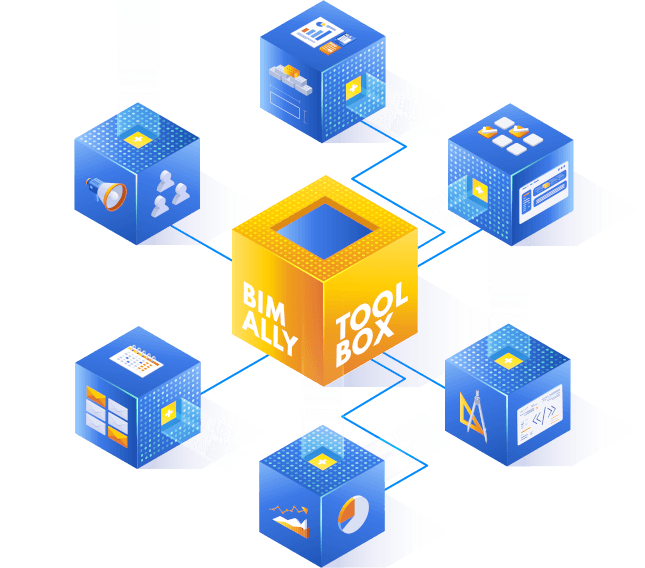The most important 3 Trends in the World of BIM Technology in 2023

2023 brings new challenges and opportunities for the construction industry. One of the key factors influencing the development of the industry is BIM (Building Information Modeling) technology. This advanced technology, which combines 3D modeling with data and analytics, is constantly evolving, introducing new possibilities and changing the approach to design, construction and management of real estate. In this article, we will look at the three most important trends in the world of BIM technology in 2023.
BIM in the cloud (Cloud BIM)
One of the most important trends in BIM technology is moving it to the cloud. As construction projects become more complex, more computing power and better data management are needed. Construction companies are increasingly using cloud-based solutions to store and share BIM projects. This allows for better collaboration between teams, access to data from anywhere and increases the flexibility of design processes.
- Moving BIM to the cloud has many advantages. First, it eliminates the need to store and manage large amounts of data on local servers. Thanks to this, project teams can work on the project in real time, regardless of their geographical location. In addition, cloud solutions offer efficient collaboration mechanisms, enabling various project participants to access current data. This shortens project implementation time, reduces errors and facilitates project change management.
BIM and artificial intelligence (AI)
Artificial intelligence is playing an increasingly important role in BIM technology. By using AI to analyze BIM data, designers and engineers can identify potential problems and optimize design more quickly and precisely. AI systems also help in project management, forecasting costs and deadlines, as well as automating construction processes. This significantly speeds up and streamlines the entire life cycle of a construction project.
- Artificial intelligence used in BIM technology can analyze large amounts of data, identify patterns and detect potential problems before they become serious threats to the project. For example, AI systems can help identify clashes between various design elements, allowing them to be corrected quickly and avoiding delays in the construction schedule. In addition, AI algorithms are able to forecast project costs and deadlines based on historical data, which helps in planning and resource management.

BIM and sustainable construction
Sustainable construction is becoming more and more a priority, and BIM technology plays a key role in this area. Thanks to BIM, designers can carefully analyze the impact of buildings on the environment and look for ways to minimize it. Additionally, BIM supports energy-efficient design and the use of ecological building materials. This not only helps meet sustainable construction standards, but also attracts investors who are looking for more ecological solutions.
- The use of BIM technology in sustainable construction allows designers to accurately monitor energy consumption, manage construction waste and plan the use of renewable energy sources. This makes buildings more environmentally friendly and cheaper to operate. As a result, investments in sustainable construction are becoming more and more profitable, both ecologically and financially.
Summary
IIn 2023, BIM technology continues to evolve and transform the construction industry. The move of BIM to the cloud, the use of artificial intelligence and the growing importance of sustainable construction are three key trends that shape the future of this technology. Construction companies that keep up with these trends will have a competitive advantage and will be able to implement more efficient and ecological projects.

BIM ALLY TOOLBOX will equip your company with tools and services, thanks to which you will be able to effectively manage cooperation with both current and newly acquired designers.